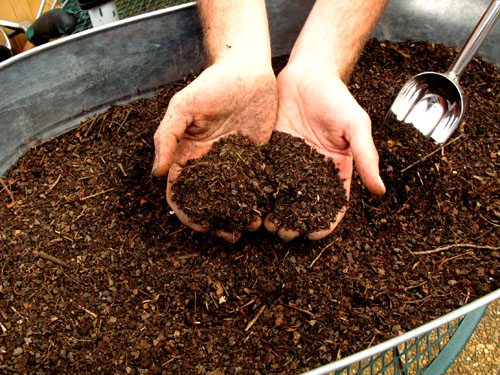Home Gardening and Landscaping Ideas
During the last couple of years home gardening has become an increasingly popular past-time and hobby. Actually, research has shown that home gardening is at an all-time high in America at this time. In the USA 8 from 10 households take part in some form of home gardening activity. Obviously from the number of individuals which are doing the work, home gardening is one of the most widely used outdoor recreation in nation.
No time is better than the present. You probably have a lot of inquiries on how to start and what to do, but no worries, this article has you covered. It contains some great information about home gardening. And before you know it you will be on your way to growing an amazing garden.
Home Gardening and Landscaping Ideas
Many people that try their hand at home gardening plant flowers; at least they begin out planting flowers anyway. Roses will probably be the very first thought into any gardeners mind, but roses will require extra time and work, and really should probably be left to people who’ve gardened before. When planting flowers many choices can be found, for example bulbs, perennials, and annuals.
Edible vegetation is another big thing in home gardening. Perhaps the best thing about edibles is the reward of eating them. The list of edible plants that gardeners can grow at home is endless. Some of the most common edible plants in the vegetable arena are potatoes, peas, corn, carrots, squash, and cucumber. Many gardeners go for fruits, such as, watermelons, tomatoes, peaches, plums, apples, pears, and apricots. Small fruits, such as strawberries, blueberries, and raspberries often require less work and less space. These are making them much more feasible for home gardening.
Herbs, most often used as spices in cooking, are growing in popularity every single day. The most grown include basil, thyme, oregano, parsley, and cilantro. Probably the most essential things to watch whenever planting edibles is insects and disease. In the end, you don’t want to lose out on the feast you’re going to get to savor from healthy plants.
Many people don’t realize it, but landscaping is a form of home gardening. Landscaping covers many different areas and types of gardening. You may also classify mowing your lawn as landscaping! Keeping in the line of grasses, landscaping usually involves decorative grasses, and the great thing about them is they don’t take much work for upkeep. Kinds of grass include monkey grass, pampas, buffalo grass, flame grass, and ornamental millet. Landscaping is not just limited to plant life. Additionally, it includes anything completed to a yard for decoration, for example adding rocks or stones, placing a small pond, statutes, or a waterfall.
Learning More about Home Gardening and Landscaping
Humidity might be needed by some houseplants. You can create humidity in any environment by grouping different plants together in one pot, or replanting the specimen into a larger pot and filling the gap in with compost or stones. You can also provide the requisite humidity for your houseplants by using a spray bottle to mist it one or two times per day.
Clay is difficult to dig through with a shovel, as it is sticky and compact. To make working in clay easier, rub the shovel with floor or car wax and then buff it with a cloth. This will both make the clay fall off of the surface, and prevent the surface from rusting.
Collect rainwater for your plants to become more ecologically friendly. Using a barrel or any sort of container to collect any amount of rainwater can not only save you money on your water bill every month, but you are using a natural resource as well. Bear in mind this tip to have a chemical-free garden while saving money.
When deciding on which plants to include in your home gardening projects, consider evergreens which produce colorful berries. These types of trees can offer your garden a splash of color, especially during the winter when all other plants and trees have lost their hues. Some evergreens that will add life to your yard in the wintertime are the American Cranberrybush, Common Snowberry, Winterberry, and American holly.
There isn’t much difference between home gardening and gardening anywhere else. Plants still have to be planted inside a good location. The plants still need water plus they still require the same nutrients. Home gardening shouldn’t cause anyone to get nervous. Should you choose decide to use homing gardening and finding out that you simply don’t possess a green thumb, don’t get discouraged.
After reading this article, you should be well on your way to growing a fantastic garden. If you think that you were ready before, you should see yourself now. Acquire some information, read up on home gardening, and try it again the next planting season. Hopefully, the tips that were provided gave you some pointers that will help you get started with your gardening adventures so that you can begin growing like a pro.
Need a jump start with your home gardening? Call 805-773-5395 for a Free Consultation or




